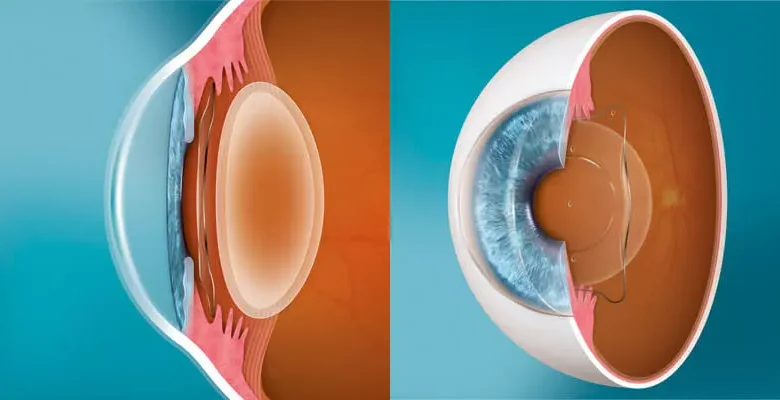Refractive Lens Exchange: A Clearer Vision for Life

Introduction
Refractive Lens Exchange (RLE), also known as lens replacement surgery, has revolutionized the way people achieve clear vision. This innovative procedure has gained immense popularity in recent years, offering a permanent solution to vision problems. In this article, we will explore the intricacies of RLE, its benefits, risks, and the latest advancements in the field.

- Understanding RLE
Refractive Lens Exchange, or RLE, is a surgical procedure aimed at correcting vision problems by replacing the eye’s natural lens with an artificial intraocular lens (IOL). Unlike LASIK or other vision correction surgeries, RLE is primarily performed to treat age-related vision issues, such as presbyopia, cataracts, and extreme hyperopia.
- Who Can Benefit from RLE?
RLE is an ideal option for individuals over 40 years old who wish to reduce their dependence on glasses or contact lenses and improve their overall quality of life. It’s particularly effective for those with presbyopia or cataracts.
- The Procedure
RLE is typically an outpatient procedure that involves removing the eye’s natural lens and replacing it with an IOL. The surgeon makes a small incision and uses ultrasound technology to break up and remove the natural lens. Then, the IOL is inserted, restoring clear vision.
- Types of Intraocular Lenses
There are various types of IOLs available, each designed to address specific vision problems. Monofocal IOLs are used to correct distance vision, while multifocal and accommodating IOLs can provide a range of focus, reducing the need for glasses.
- Benefits of RLE
RLE offers numerous benefits, including improved vision, reduced dependence on corrective eyewear, and enhanced overall quality of life. Many patients experience better night vision and a reduced risk of cataracts in the future.
- Risks and Complications
Like any surgical procedure, RLE carries certain risks, such as infection, inflammation, and retinal detachment. It’s crucial to discuss these risks with your surgeon before undergoing the procedure.
- Recovery and Aftercare
Most patients can return to their normal activities within a few days to a week after RLE. Your surgeon will provide specific aftercare instructions to ensure a smooth recovery.
- The Evolving Landscape of RLE
Advancements in technology have led to more precise and safer RLE procedures. Techniques such as femtosecond laser-assisted RLE have improved surgical outcomes and reduced recovery times.
- Cost Considerations
The cost of RLE varies depending on factors such as the type of IOL chosen and the surgeon’s experience. It’s essential to discuss pricing and financing options with your healthcare provider.
- Patient Testimonials
Real-life experiences of RLE patients can provide valuable insights into the procedure’s effectiveness and satisfaction rates.
- Choosing the Right Surgeon
Selecting an experienced and reputable surgeon is crucial for a successful RLE procedure. Look for board-certified ophthalmologists with a track record of positive outcomes.
- Preparing for RLE
Before undergoing RLE, you’ll need a comprehensive eye exam to determine your eligibility. Your surgeon will discuss the procedure in detail and address any questions or concerns you may have.
- Combining RLE with Other Procedures
Some patients choose to combine RLE with other vision correction procedures to achieve optimal results. Discuss your options with your surgeon.
- Lifestyle After RLE
After RLE, many patients experience newfound freedom from glasses or contacts, allowing them to enjoy activities like swimming, sports, and travel without the hassle of corrective eyewear.
- Long-Term Vision Maintenance
Regular eye exams and continued follow-up with your eye care professional are essential to monitor the health of your eyes and the performance of your IOL.
- The Future of RLE
Ongoing research and development in the field of ophthalmology promise even more advanced and safer RLE procedures in the future.
- Myths and Misconceptions
Dispelling common myths and misconceptions about RLE can help individuals make informed decisions about their vision correction options.
Conclusion
Refractive Lens Exchange is a groundbreaking procedure that has transformed the lives of countless individuals, providing them with clear vision and enhanced quality of life. By understanding the ins and outs of RLE, you can make an informed decision about whether this procedure is right for you.




